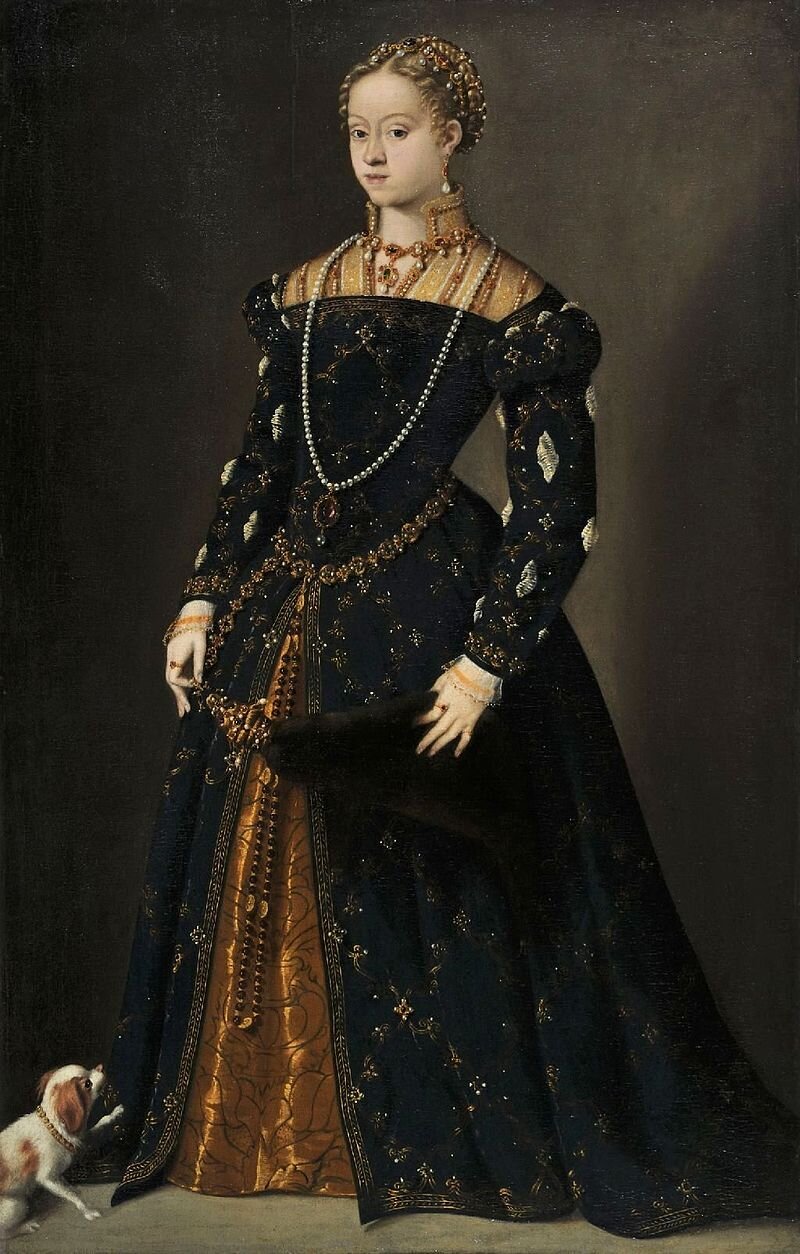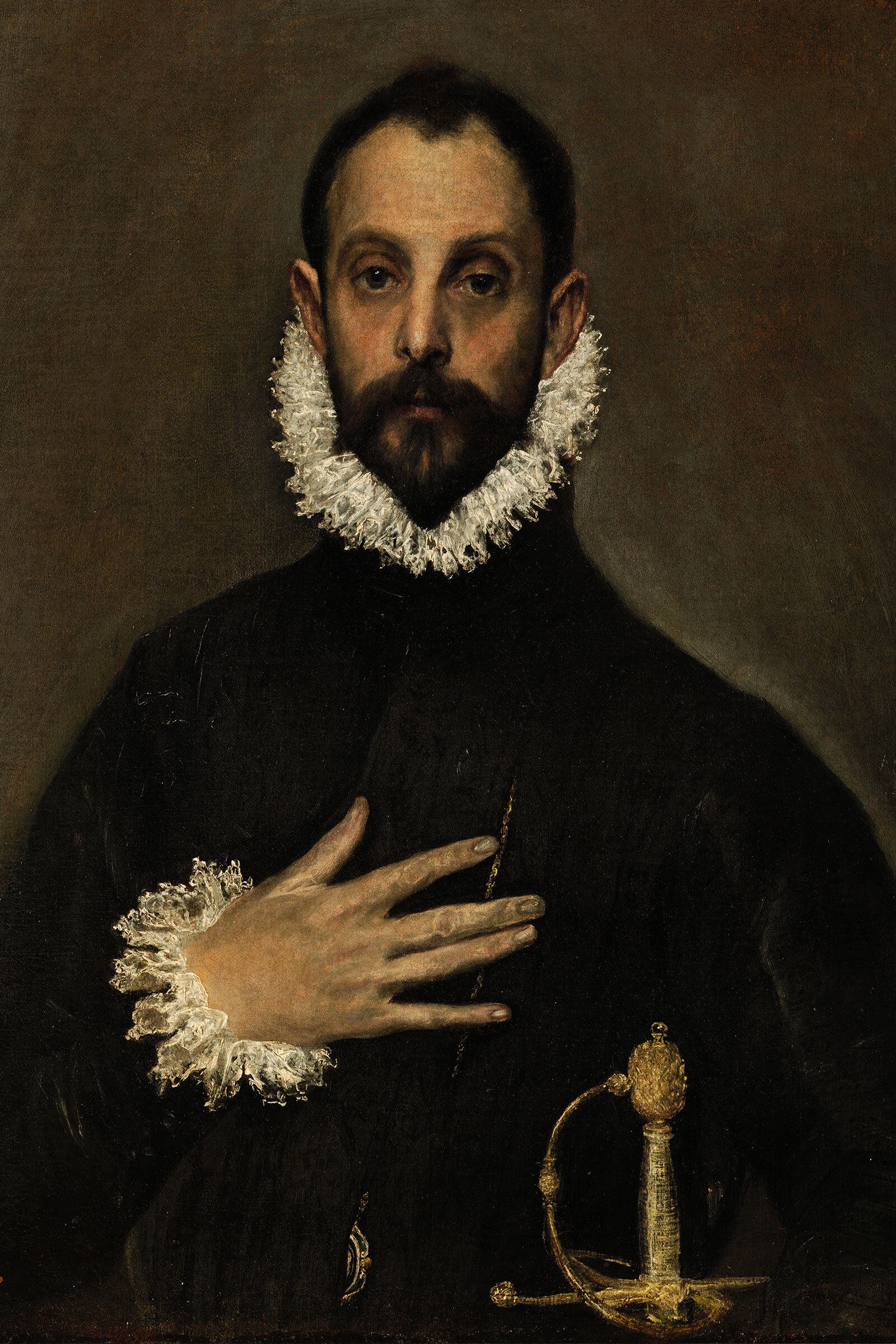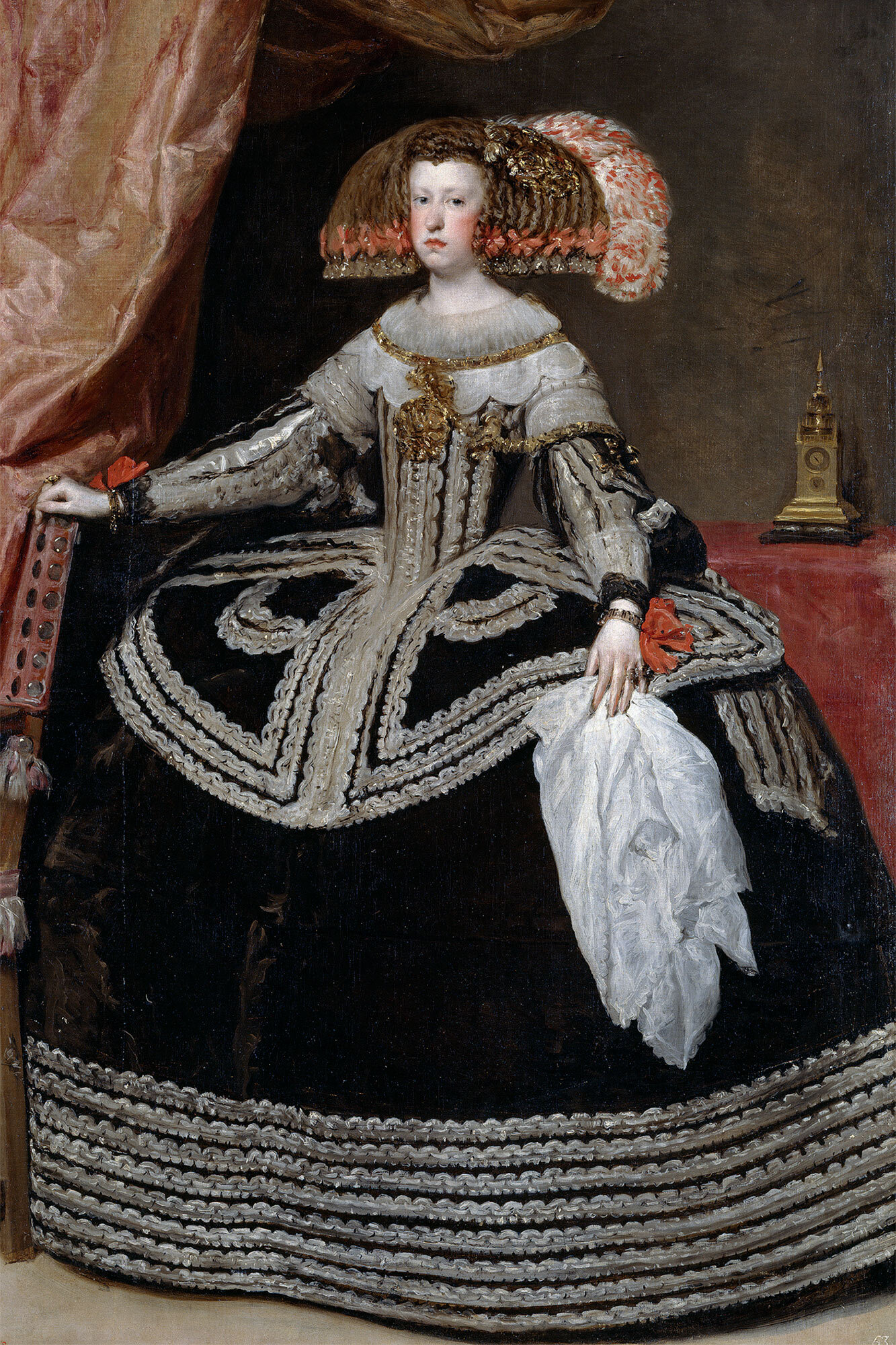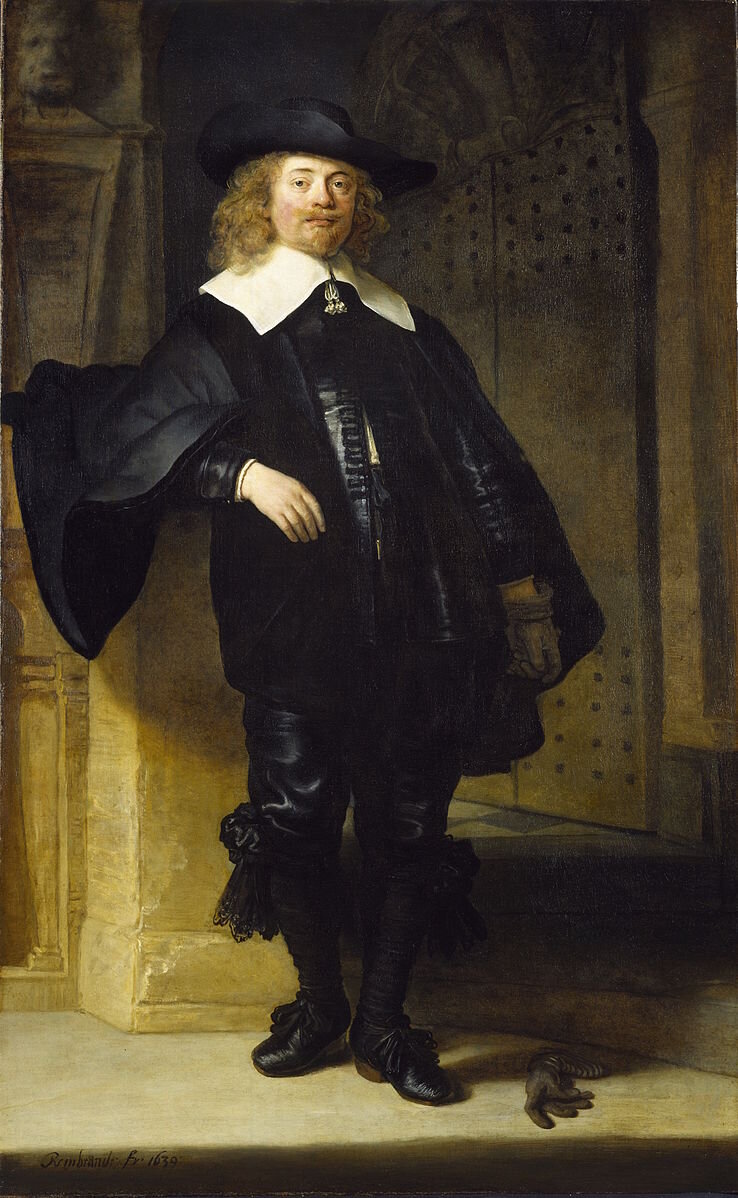SCHWARZ – ein Streiflicht
Ausstellungskatalog Staatsgalerie Stuttgart AD Reinhardt, 1985 mit einem Siebdruck von Frank Kicherer.
„Black was a sacred colour for the Abstract Expressionists, it was their lapislazuli; they made a mystique of it, partly perhaps because of its austerity, partly perhaps because there was something splendidly macho in being able to produce a good strong black.“
David Sylvester
Ad Reinhardt war nicht der einzige der ausschließlich schwarz malte: Schwarz in allen Schattierungen, denn schwarz ist nicht schwarz. Schwarz ist rotschwarz, blauschwarz, grünschwarz.
Ad Reinhardt was not the only one who painted exclusively black: Black in all shades, because black is not black. Black is red-black, blue-black, green-black.
SCHWARZ – Streiflicht über eine Farbe
BLACK - Sidelight over a color
Vorne weg:
FRONT AWAY:
Nach oben gesehen, trennt uns nur eine hauchdünne Schicht - die Atmosphäre - vor dem unendlichen schwarz des Weltalls mit seiner unvorstellbaren Kälte und die ist blau.
Looking up, only a very thin layer - the atmosphere - separates us from the infinite black of space with its unimaginable cold, and it is blue.
Nach unten, trennt uns nur die hauchdünne Schicht, der oft rötlich gefärbten Erdkruste von den Erdkernen. Und da unten wird es sehr heiß und schwarz.
Downwards, only the very thin layer of the often reddish colored earth's crust separates us from the earth's cores. And down there it gets very hot and black.
Himmel und Hölle, innen und außen. Die Symbole sind vielfältig. Kulturen und Haltungen auch.
Heaven and hell, inside and outside. The symbols are diverse. Cultures and attitudes too.
schwarz - Versuch einer positiven Sicht.
„Schwarz macht ’nen schlanken Fuß“
Sagte mein Kollege und begnadeter Texter, Gregor, damals bei Serviceplan. Smart und zierlich und stets korrekt und immer schwarz gekleidet, wie die Designer - aber warum tragen Designer schwarz?
"Black makes a slim foot"
Said my colleague and gifted copywriter, Gregor, back then at Serviceplan. Smart and petite and always correct and always dressed in black, like the designers - but why do designers wear black?
Schwarz ist neutral
Designer haben oft eine sehr farbige Umgebung, sie müssen permanent mit Farben umgehen, spielen, sich auseinandersetzen. Für sich selbst wählt man da gerne die Neutralität. Und Schwarz ist neutral. Außerdem: man muss zumindest was die Farbe angeht nicht mehr wählen. Die Entscheidung ist getroffen. So argumentiert auch einer meiner Kunden.
Schwarz ist nicht neutral.
Es ist die Farbe der Macht - schaut in aktuelle Krimis – die Gangster fahren in schwarzen Limousinen und die CEOs ebenso - nicht nur in Krimis - Wer Macht hat, fährt in schwarzen Autos. Diktatoren, gewählte Präsidenten, Despoten. Bodyguards sind schwarz gekleidet und Polizisten teilweise ebenso.
Von den Abgründen
Schwarz ist also eine Farbe, die Angst einflößt - schon immer und immer noch.
Die Hölle ist schwarz weil gänzlich ohne Licht. Die Finsternis. Schwarze Löcher, Kosmos ohne Licht. So gesehen das ganz oben und das ganz unten - unendlich weit weg und ganz nah - in uns selbst.
Echtes Schwarz erleben wir heute eigentlich nur, wenn wir bei Nacht die Augen schließen. So kann es auch die Farbe der tiefsten Geborgenheit sein. Keine Eindrücke mehr, keine Ablenkung mehr, wir sind vielleicht im Bett, haben die Augen geschlossen und es ist Nacht, es ist schwarz und hüllt uns ein. Es ist grenzenlos, aber in dieser Grenzenlosigkeit vermittelt es, dass wir bei uns sind. Also wieder der Widerspruch: dieses subjektiv Objektive, dieses objektiv Subjektive. Das ist Schwarz
Die Pupille, ohne sie könnten wir diese Farbenwunder Welt gar nicht sehen, ist tiefschwarz und sie ist spiegelnd ein direkter Weg in unser Innerstes…
The pupil, without it we could not see this color wonder world at all, is jet black and it is mirroring a direct way into our innermost...
Zur Oberfläche
Unser Innerstes öffnet sich nach außen zur Wahrnehmung der Welt durch ein kleines schwarzes Loch – die Pupille.
In der griechischen Antike wurde angenommen, dass aktiv ausstrahlende Energien durch die Pupille in beide Richtungen gehen können. Was es mit dem „guten Blick“ auf sich hatte, wissen wir leider nicht mehr – den „bösen Blick“, der verfluchen, Krankheit auslösen oder sogar töten kann, haben wir als Aberglaube noch im Gedächtnis.
BLACK - THE ATTEMPT OF A POSITIVE SIGHT.
Black is neutral
Designers often have a very colorful environment, they have to constantly deal with colors, play with them, deal with them. For themselves, they like to choose neutrality. And black is neutral. Besides: you don't have to choose anymore, at least as far as the color is concerned. The decision has been made. That's how one of my customers argues.
Black is not neutral.
It is the color of power - look in current crime novels - gangsters drive in black limousines and so do CEOs - not only in crime novels - those who have power drive in black cars. Dictators, elected presidents, despots. Bodyguards are dressed in black and so are some police officers.
From the abysses
So black is a color that instills fear - always and still.
Hell is black because it is completely without light. The darkness. Black holes, cosmos without light. So seen the completely above and the completely below - infinitely far away and completely near - in ourselves.
Real black we experience today actually only if we close the eyes at night. So it can also be the color of deepest security. No more impressions, no more distractions, we may be in bed, have our eyes closed and it's night, it's black and envelops us. It's boundless, but in that boundlessness it conveys that we are with ourselves. So again the contradiction: this subjective objective, this objective subjective. That is black.
To the surface
Our innermost being opens outward to the perception of the world through a small black hole - the pupil. In the Greek antiquity it was assumed that actively radiating energies can go through the pupil in both directions. Unfortunately, we no longer know what the "good look" was all about - the "evil look", which can curse, cause illness or even kill, is still remembered as a superstition.
Siegeszug einer Farbe
Ausschnitt:
Frans Hals, Bildnis eines Paares im Freien.
Vincent van Gogh zählte hier
27 Schwarztöne.
Vom Mittelalter
Im Mittelalter waren kräftige, reine Farben, wie rot und blau nur dem Adel erlaubt. Vor allem Farben, die in ihrer Herstellung unsagbar teuer waren, wurden benutzt um weltliche oder himmlische Macht und Reichtum zu demonstrieren und zu symbolisieren: Kermes oder Purpur(siehe Kardinalsrot), Indigo oder Waid (blau) und als Pigmente Ultramarin / Lapislazuli und Zinnoberrot – wie z.B. Umhang und Kleid der sixtinischen Madonna von Raphael -
Gerade durch diese Tabuisierung von Farben und durch Kleiderverordnungen für bestimmte Bevölkerungsgruppen, wie Geistliche, Gelehrte, Kaufleute, Beamte – sie alle mussten schwarz tragen – wurde im 15. Jahrhundert, als es endlich gelang teure Stoffe tief schwarz zu färben, der Status von Schwarz in vielen Teilen Europas ein völlig anderer.
Schwarz wird die Kleiderfarbe, und somit zum Symbol der Oberschicht:
Schwarz war jetzt nicht mehr aufzuhalten. Der Siegeszug der Farbe – auch in Herrschaftshäusern – begann in Norditalien und ging anschließend bis England und Spanien.
Und die Maler malten es in unzähligen Abstufungen. Lernten, dass Schwarz farbig sein muss und nicht einfach nur mehr schwarz oder weniger, sondern die „Verdichtung“ von Farbe ist.
Schwarze Kleidung passt jetzt zur geistigen Haltung der Zeit. Alle, die es sich leisten können, tragen Schwarz. Es ist die Farbe einer der grausamsten Epochen Europas, mit Hexenverbrennungen quer über den Kontinent, aber auch der Reformation und der Erfindung des Buchdrucks - der Schwarzen Kunst.
Über die Renaissance
und Reformation
Jetzt ist Schwarz in Europa die höfische Farbe, und bis heute die Kleiderfarbe der Eleganz –
Now black is the courtly color in Europe, and to this day the dress color of elegance -.
In die Neuzeit
Ja, und dann ist da noch der schwarze Anzug und das „Kleine Schwarze“*. Beides hat wohl damit zu tun, dass Schwarz jeden Körper schlanker erscheinen lässt, Silhouetten stärker definiert, die Form strenger wirken lässt, da es das Licht absorbiert.
Also schwarz macht nicht nur einen schlanken Fuß, sondern ein Stück-weit auch den Rest…mit einer langen Tradition:
„Das Kleine Schwarze“
von Coco Chanell
*Das kleine Schwarze wurde von Coco Chanel 1926 entworfen. Die amerikanische Vogue veröffentlichte den Entwurf mit dem Satz: „Dieses schlichte Kleid wird eine Art von Uniform für alle Frauen mit Geschmack werden“ und behielt recht. Das schnörkellose Etuikleid ist seitdem aus den Kleiderschränken nicht mehr wegzudenken. Genauso wie der Smoking, der Frack oder schlicht und einfach der Schwarze Anzug.
Relikte von Damals
Die Richter und Anwaltsroben sind schwarz. Das Priestergewand, die Sutane, die Zimmermannstracht und… Designer tragen Schwarz. Das Orchester trägt Schwarz, Kellner und Butler…und natürlich der Schornsteinfeger.
THE TRIUMPHAL PROCESSION OF A COLOR
From the Middle Ages...
In the Middle Ages, strong, pure colors like red and blue were only allowed to the nobility. Especially colors that were unspeakably expensive to produce were used to demonstrate and symbolize worldly or heavenly power and wealth: Kermes or purple(see cardinal red), indigo or woad (blue) and as pigments ultramarine / lapis lazuli and vermilion - such as the cloak and dress of Raphael's Sistine Madonna -.
It was precisely through this tabooing of colors and through dress codes for certain groups of the population, such as clergy, scholars, merchants, civil servants - they all had to wear black - that in the 15th century, when it finally became possible to dye expensive fabrics deep black, the status of black in many parts of Europe became completely different.
Black became the dress color, and thus the symbol of the upper class:
Black was now unstoppable. The color's triumphant advance - even in stately homes - began in northern Italy and then spread to England and Spain.
And painters painted it in countless shades. Learned that black must be colored and not just more black or less, but the "condensation" of color.
Black clothing now fits the spiritual attitude of the time. Everyone who can afford it wears black. It is the color of one of the cruelest eras in Europe, with witch burnings across the continent, but also the Reformation and the invention of printing - the Black Art.
About the Renaissance
and Reformation...
Into modern times
Yes, and then there's the black suit and the "little black dress "*. Both probably have to do with the fact that black makes any body look slimmer, defines silhouettes more, makes the shape look more severe, because it absorbs the light.
So black makes not only a slender foot, but a piece-wise the rest...with a long tradition –
*The little black dress was designed by Coco Chanel in 1926. The American Vogue published the design with the sentence: "This simple dress will become a kind of uniform for all women with taste" and was right. It's been impossible to imagine closets without the no-frills sheath dress ever since. Just like the tuxedo, the tailcoat or simply the black suit.
Relics of yesteryear
The judges' and lawyers' robes are black. The priest's robe, the sutane, the carpenter's costume and... designers wear black. The orchestra wears black, waiters and butlers...and of course the chimney sweep.
blau + rot + gelb = schwarz?
BLUE + RED + YELLOW = BLACK?
Koptisches und flämisches Schwarz:
Eine der ältesten Methoden der Schwarzfärbung: Wolle von dunklen Schafen, wird so lange mit Indigo oder Waid (blau) überfärbt, bis eine tiefschwarze Farbe entsteht.
Die erste richtig tiefe Schwarzfärbung gelang mit dem Flämischen Schwarz, das eine Mischung der drei Grundfarben enthielt: gelb, blau und rot. Auch griff es nicht, wie die bis dahin übliche Beize aus Tannin (aus Galläpfeln) und Eisenvitriol, die Stoffe an. Trotzdem war eine Voraussetzung, dass der Stoff bereits eine dunkle Farbe hatte.
One of the oldest methods of black dyeing: wool from dark sheep is overdyed with indigo or woad (blue) until a deep black color is obtained.The first really deep black dyeing succeeded with Flemish black, which contained a mixture of the three primary colors: yellow, blue and red. It also did not attack the fabrics, as did the mordant made of tannin (from gall apples) and iron vitriol, which had been common until then. Nevertheless, a prerequisite was that the fabric already had a dark color.
Schwarz , schwärzer = schwarz
Ruß,
Elfenbeinschwarz, Beinschwarz
BLACK , MORE BLACK = BLACK
Ein seit Jahrtausenden bekannte Schwarzpigment ist Ruß. Darunter Elfenbeinschwarz, das aus der Verrußung von Elfenbein gewonnen wurde. Beinschwarz: wird auch heute noch – wie Elfenbeinschwarz aus Tierknochen gewonnen
Eisenoxidschwarz:
In den Höhlenmalereien wurden schon vor über 35000 Jahren Pigmente aus Eisenoxid verwendet.
Als schwarzes Pigment ist das synthetische Eisenoxid schwarz heute geschätzt.
Spinellschwarz:
das schwärzeste schwarz - ebenfalls ein Oxidpigment aus Kupfer-Mangan-Eisen.
absolute black
Vantablack:
Der britischen Firma Surrey NanoSystems, ist es gelungen, ein Material zu entwickeln, das fast kein Licht reflektiert: Es heißt, dass nur 0,035 Prozent des einfallenden Lichts zurückgestrahlt werden. Ermöglicht wird dies durch eine Anordnung von winzigen Kohlenstoffnanoröhren, die das Licht einfangen und nahezu komplett absorbieren.
Carbon black,
Ivory black, Leg black
A black pigment known for thousands of years is carbon black. Among them ivory black, which was obtained from the sooting of ivory. Leg black: is still obtained today - like ivory black from animal bones.
Iron oxide black:
Pigments made of iron oxide were used in cave paintings more than 35000 years ago. As a black pigment, the synthetic iron oxide black is appreciated today.
Spinel black:
the blackest black - also an oxide pigment of copper-manganese-iron.
Absolute Black Vantablack:
The British company Surrey NanoSystems, has managed to develop a material that reflects almost no light: It is said that only 0.035 percent of the incident light is reflected back. This is made possible by an arrangement of tiny carbon nanotubes that trap the light and absorb it almost completely.
Druckerschwärze
Schwarz auf Weiß:
PRINTING INKPRINTING INK
Das Synonym für Glaubwürdigkeit wurde durch Goethe erst richtig publik (Faust / 1. Teil),
ist aber ohne die „Schwarze Kunst“ des Druckens nicht denkbar.
Das Pigment besteht auch heute noch aus Ruß.
Black on white:The synonym for credibility was only really made public by Goethe (Faust / Part 1), but is inconceivable without the "black art" of printing. The pigment still consists of carbon black today.
Druckfarbe war relativ dünnflüssig, da sie sich für Holztafeln eignen musste. Zum Drucken mit Bleilettern auf Papier brauchte es eine viel zähflüssigere Druckfarbe, die entsprechend schnell trocknet, um auch die Rückseite des Bogens bedrucken zu können. Gutenberg entwickelte deshalb eigens für den Buchdruck eine Paste aus Leinölfirnis und Ruß.
Gutenberg war übrigens Goldschmid
Printing ink was relatively thin-bodied because it had to be suitable for wooden boards. For printing with lead type on paper, a much more viscous printing ink was needed that dried correspondingly quickly so that the reverse side of the sheet could also be printed. Gutenberg therefore developed a paste of linseed oil varnish and carbon black especially for letterpress printing.
Und immer noch ist schwarz nicht gleich schwarz.
And still black is not equal to black.
100% K
Schwarz ist mal gräulich - entsprechend 100 % K / Key-Plate, 0 % C / Cyan, 0 % M / Magenta, 0 % Y / Yellow.
Oder es hat einen anderen Farbstich je nach der Intension des Gestalters. Man spricht hier von Buntschwarz.
Printing ink was relatively thin-bodied because it had to be suitable for wooden boards. For printing with lead type on paper, a much more viscous printing ink was needed that dried correspondingly quickly so that the reverse side of the sheet could also be printed. Gutenberg therefore developed a paste of linseed oil varnish and carbon black especially for letterpress printing.
Sattschwarz oder Tiefschwarz: Aber wenn man so ein richtig tiefes Schwarz will? Man findet die unterschiedlichsten Empfehlungen und man sollte in jedem Fall aufpassen, das man nicht über maximal 300 % Farbsättigung, das heißt bei 100 % K, die man immer haben sollte, könnte man jetzt beispielsweise noch 100 % blau und 100 % rot dazu packen.
Saturated black or deep black: But if you want a really deep black? You can find a wide variety of recommendations, and you should always be careful not to exceed a maximum of 300% color saturation, which means that with 100% K, which you should always have, you could now add 100% blue and 100% red, for example.
Für mich hat sich folgende Mischung bewährt:
100 % K, 60 % C/blau, 40 % M/rot und 20 % Y/gelb.
Nein, Schwarz ist für mich nicht negativ!
No, black is not negative for me!
Zum Schluss nochmals Kunst:
Pierre Soulage hat das Wort
„[...]nein. Schwarz hat für mich nichts Negatives – im Gegenteil.
Für mich ist Schwarz ein Fest.
Weiß hingegen ist für einen sehr großen Teil der Menschheit eine Farbe der Trauer.
Ich habe einmal eine Abendrobe von Kaiserin Sissy gesehen, in Wien,
sie war ganz in schwarz gehalten.
Der Smoking – ebenfalls ein festliches Kleidungsstück – ist auch schwarz.
Schwarz ist aber auch die Farbe der Offiziellen.
Und wenn eine Muslima Trauer trägt, dann trägt sie weiß[...]
"[...]no. Black has nothing negative for me - on the contrary.
For me, black is a celebration.
White, on the other hand, is a color of mourning for a very large part of humanity.
I once saw an evening gown worn by Empress Sissy, in Vienna,
it was all in black. The tuxedo - also a festive garment - is also black.
But black is also the color of the officials.
And when a Muslim woman wears mourning, she wears white[...]“.
Pierre Soulages, 2008 in einem Interview mit Cicero























